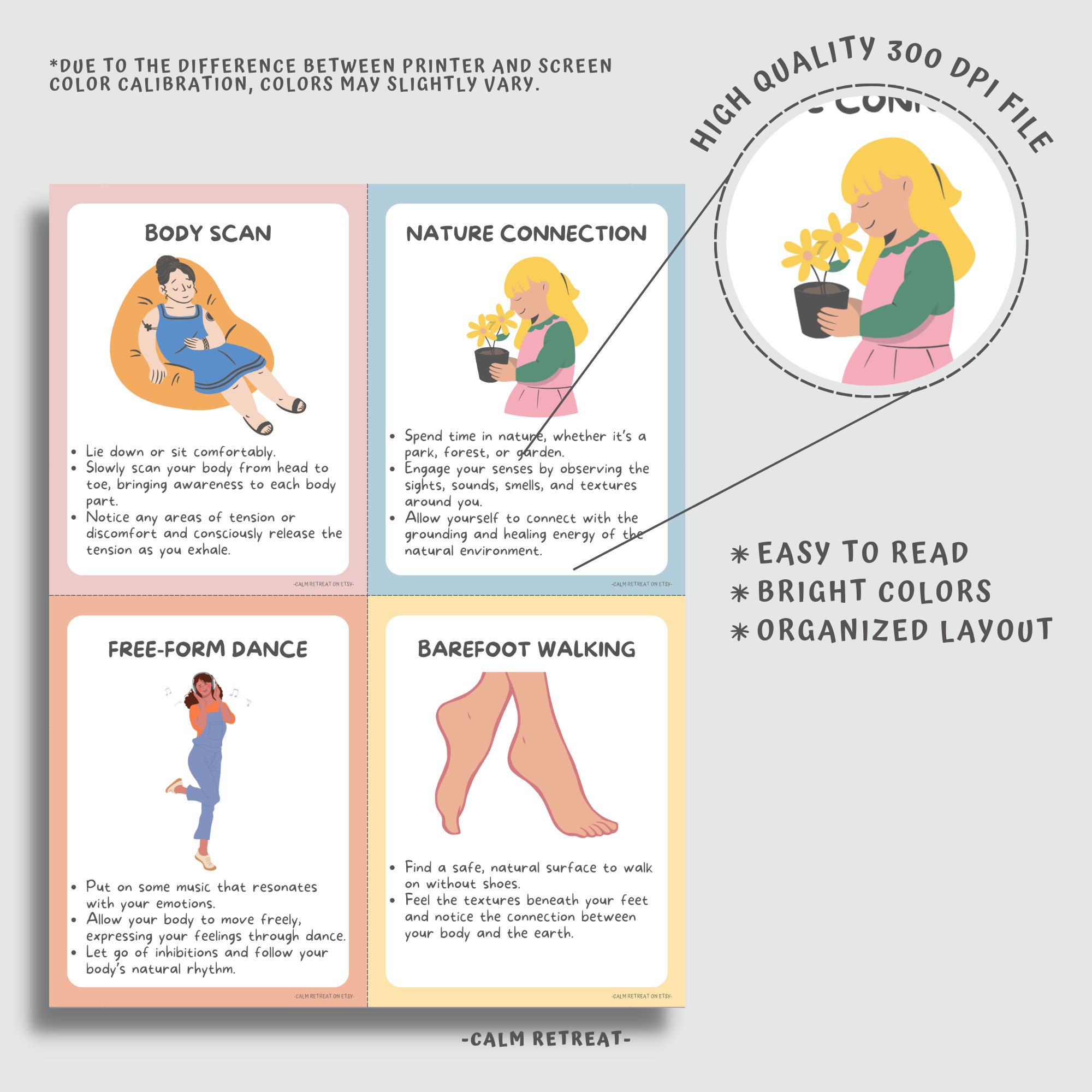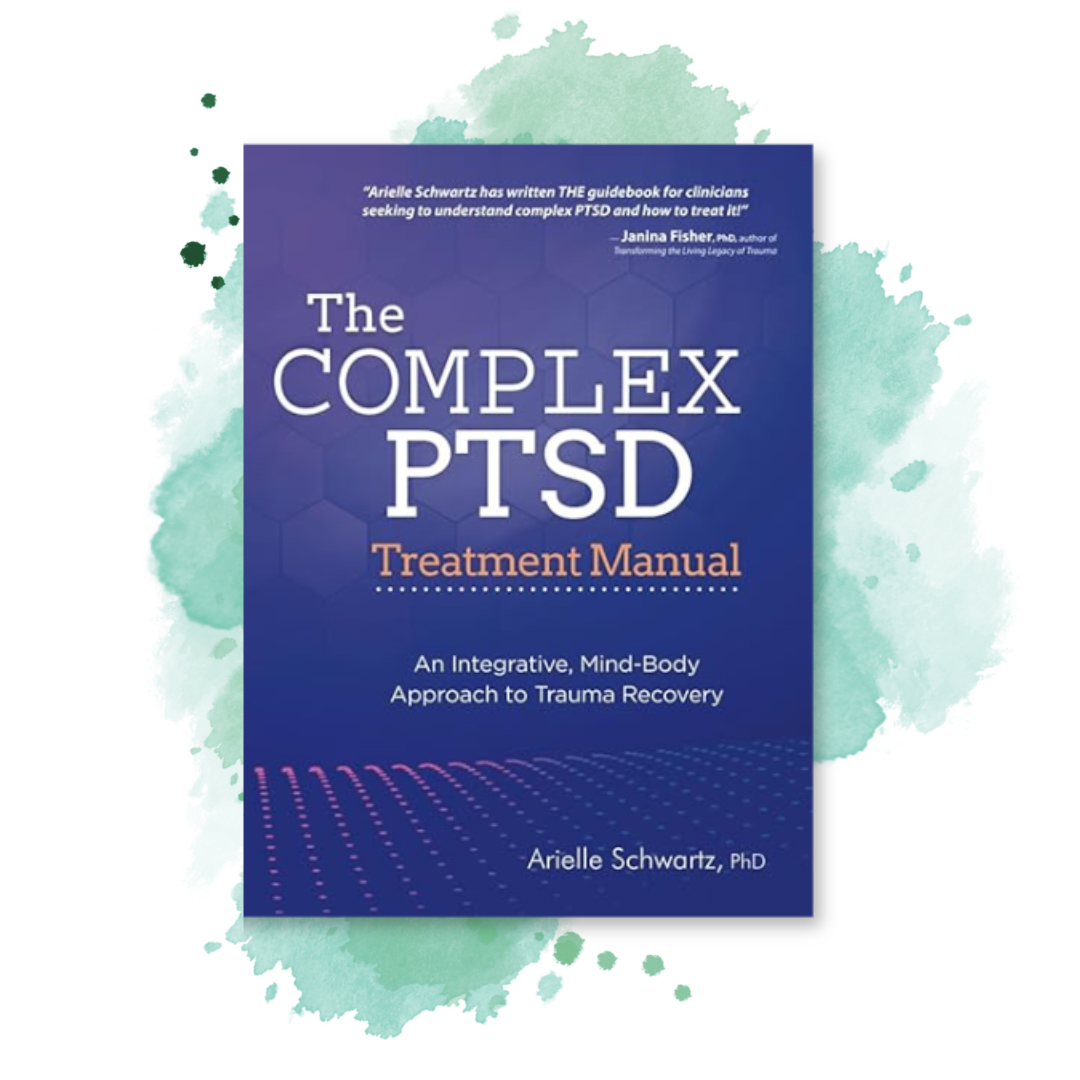Featured
Table of Contents
- – The Gap Between Recognizing and Healing
- – What Makes Somatic Therapy Different
- – Exactly How Brainspotting Changed Whatever
- – The Power of Somatic Experiencing for Anxiety
- – Why Online Therapy Functions for Somatic Work
- – Accelerated Resolution Therapy: Rapid Relief W...
- – The Secure Method: Managing Via Audio
- – What Efficient Trauma Treatment Really Attends To
- – The Therapy Intensive Choice
- – Key Words for Locating Somatic Trauma Treatmen...
- – The Fact of Body-Based Healing
- – Taking the Initial Step
I spent three years in standard talk therapy reviewing my anxiety. I might verbalize every trigger, discuss the beginnings of my patterns, and intellectually recognize why I reacted the way I did. Yet my body continued to be clenched, my breast tight, my rest fractured. I recognized the "why" however couldn't run away the "what"-- the physical prison my nervous system had constructed.
The Gap Between Recognizing and Healing
Conventional treatment gave me understandings. I discovered my youth, determined my coping systems, and established cognitive techniques. Yet when panic struck at 2 AM or my shoulders locked up throughout job conferences, all that understanding really felt pointless. My therapist would say "notice your breathing" or "obstacle that thought," but my body was currently pirated by something deeper than ideas.
That's when I uncovered somatic treatment-- especially with online sessions with a provider trained in Brainspotting, Somatic Experiencing, and Accelerated Resolution Therapy. The change had not been around talking even more or comprehending much better. It had to do with ultimately accessing where trauma actually lives: in the nerve system itself.

What Makes Somatic Therapy Different
Somatic treatment operates on a basic concept that conventional talk treatment often misses out on: trauma isn't just a memory issue, it's a nerve system issue. When frustrating experiences occur, our bodies respond with survival devices-- battle, flight, freeze, or fawn. If these actions can't finish naturally, they obtain caught as patterns of stress, hypervigilance, or closure.
Dr. Katrina Kwan describes it completely on her site: our minds attempt to make feeling of what we feel and develop deeply rooted beliefs, yet where they come from is lost in the unconscious. Due to the fact that words aren't always there to direct us, we tune into the body-- the feelings, the emotions-- and unexpectedly points click.
This "bottom-up" handling technique addresses trauma at its physiological source instead of trying to solve it totally via cognitive understanding. It's the distinction between finding out about swimming and in fact obtaining in the water.
Exactly How Brainspotting Changed Whatever
My first Brainspotting session really felt odd. As opposed to recounting my injury background again, my therapist asked where I felt anxiousness in my body. When I discussed the rigidity in my breast, she had me concentrate on a certain point in my visual area while remaining with that sensation.
What happened next was unexpected. Memories appeared-- not as narrative stories, yet as physical experiences. My breathing changed. Heat relocated with my body. Splits came without connected thoughts. My nerve system was ultimately refining what it had been holding for many years.
Brainspotting bypasses the logical mind to access subcortical mind areas straight. This means you're not attempting to think your method via recovery; you're enabling your brain's all-natural handling devices to finish what was interrupted. For people that have actually "done all the treatment" and still really feel stuck, this difference is profound.
The Power of Somatic Experiencing for Anxiety
My stress and anxiety wasn't simply anxious thoughts-- it was a constantly turned on nerves stuck in viewed risk. Somatic Experiencing educated me to track physical experiences and gradually discharge entraped survival energy.
With SE, I discovered that my anxiety symptoms were really incomplete defensive feedbacks. The racing heart, superficial breathing, and muscle stress were my body still trying to deal with or flee from risks that no more existed. By functioning with these sensations in tiny, convenient dosages-- a method called titration-- my nerve system lastly discovered it was risk-free.

The process entails monitoring activation levels, seeing where power obtains stuck, and permitting natural discharge via shivering, deep breaths, or warmth dispersing via the body. It sounds basic, yet it's incredibly reliable. Research study shows Somatic Experiencing lowers PTSD signs, anxiety, pain-related concerns, and basic stress and anxiety in both traumatized and non-traumatized populaces.
Why Online Therapy Functions for Somatic Work
I was hesitant regarding doing body-based treatment online. Would not physical existence issue a lot more for this kind of job? Surprisingly, virtual sessions used unanticipated benefits.
Being in my own room developed security I never ever felt in an office. I can rate, lie down, or relocate as my body required without self-consciousness. There was no commute to activate anxiousness ahead of time or need me to "draw it together" quickly after intense sessions. I can refine on my sofa with my pet beside me.
Online somatic therapy also makes specific injury treatment obtainable despite location. Finding a supplier trained in Brainspotting, Somatic Experiencing, and trauma-informed strategies locally can be almost impossible. Telehealth removes geographical obstacles to expert treatment.
Accelerated Resolution Therapy: Rapid Relief Without Retelling
One method that surprised me was Accelerated Resolution Therapy. Unlike standard trauma therapy requiring repeated retelling of agonizing memories, ART utilizes eye motions and visualization to swiftly lower distress.
I processed a stressful incident that had caused recalls for months. In two sessions. Without defining information to my therapist. The memory no longer brings the very same emotional fee-- I can recall what took place without my body responding as if it's occurring now.
For people worried about re-traumatization or that locate verbal processing frustrating, ART supplies a gentler course. It's especially reliable for single-incident traumas, fears, and efficiency anxiety.
The Secure Method: Managing Via Audio
My specialist additionally introduced me to the Safe Protocol-- a five-hour acoustic treatment utilizing specifically filteringed system songs to promote the vagus nerve. This had not been concerning relaxation music; it was regarding from a physical standpoint moving my nerve system's standard.
After finishing SSP, I saw I could deal with tension in a different way. My home window of resistance broadened. Circumstances that previously sent me right into fight-or-flight produced manageable pain instead. The method essentially aided my nerves remember what safety seems like at a neurological degree.
What Efficient Trauma Treatment Really Attends To
Quality somatic treatment surpasses sign management to address origin nerve system dysregulation. This includes acknowledging exactly how trauma creates physical holding patterns-- persistent shoulder tension, limited breathing, postural changes that signal continuous threat feedback.
Efficient treatment aids identify these patterns, understand what causes activation, develop resources for regulation, gradually procedure entraped survival energy, and rebuild ability for present-moment understanding and link.
For stress and anxiety specifically, somatic approaches recognize that anxious thoughts are often secondary to nerve system activation. Address the physiological state, and cognitive signs and symptoms frequently solve normally.
The Therapy Intensive Choice
One aspect that appealed to me was the alternative for therapy intensives-- focused sessions over one or two days instead of weekly 50-minute appointments. For individuals with demanding timetables or those looking for increased outcomes, intensives supply rapid alleviation with reasonably tiny time financial investment.
There's something effective about continual healing work without week-long breaks between sessions. My nerves preserved momentum, and changes integrated faster than the start-stop pattern of once a week treatment.
Key Words for Locating Somatic Trauma Treatment Online
If you're looking for this sort of care, appropriate terms consist of online injury treatment, somatic experiencing therapist, Brainspotting therapy online, injury therapy telehealth, stress and anxiety therapy online, body-based injury therapy, nerves law treatment, PTSD treatment online, somatic treatment for anxiety, trauma-informed on-line therapist, Accelerated Resolution Therapy, polyvagal treatment online, and mind-body trauma healing.
Also seek qualifications like SEP (Somatic Experiencing Expert) accreditation, Brainspotting training, and trauma-specific qualifications beyond general licensure.
The Fact of Body-Based Healing
Somatic therapy isn't magic, and it's not always comfy. Processing caught survival power can feel intense-- trembling, warmth, splits, or temporary rises in anxiety as your system releases what it's been holding. Unlike the unlimited loophole of talk treatment, this pain leads somewhere.
My body finally relaxed. Not with forced breathing exercises or hopefulness, yet with finishing the biological reactions that obtained interrupted years back. The persistent tension in my shoulders released. Sleep improved. Anxiety attack lowered in regularity and intensity.
Most notably, I stopped really feeling pirated by my nerve system. I developed ability to discover activation early and guide myself back to regulation. That skill-- body-based self-regulation-- is something no amount of cognitive insight could instruct me.
Taking the Initial Step
If you've done years of talk therapy and still really feel stuck, if you recognize your trauma intellectually yet your body won't release, if anxiousness lives in your breast and shoulders even more than your thoughts, somatic therapy might be the missing piece.
Look for providers providing complimentary appointments-- it's essential to discover someone whose technique resonates with you. Ask regarding their training in body-based modalities, their experience with trauma, and whether they offer versatile formats like intensives or on the internet sessions.
Recovering occurs when we ultimately give the body what the mind alone couldn't offer: a means to complete what was left incomplete, release what was caught, and go back to a managed standard. That's not simply healing concept-- it's the distinction in between making it through and really living.
Table of Contents
- – The Gap Between Recognizing and Healing
- – What Makes Somatic Therapy Different
- – Exactly How Brainspotting Changed Whatever
- – The Power of Somatic Experiencing for Anxiety
- – Why Online Therapy Functions for Somatic Work
- – Accelerated Resolution Therapy: Rapid Relief W...
- – The Secure Method: Managing Via Audio
- – What Efficient Trauma Treatment Really Attends To
- – The Therapy Intensive Choice
- – Key Words for Locating Somatic Trauma Treatmen...
- – The Fact of Body-Based Healing
- – Taking the Initial Step
Latest Posts
When Love Requirements an Overview: The Transformative Power of Brainspotting & IFS For Couples Trauma Therapy and Extensive Connection Work
Art Therapy Intensive Advantages & Costs
Intensive Counseling Retreat Advantages & Investment
More
Latest Posts
Art Therapy Intensive Advantages & Costs
Intensive Counseling Retreat Advantages & Investment